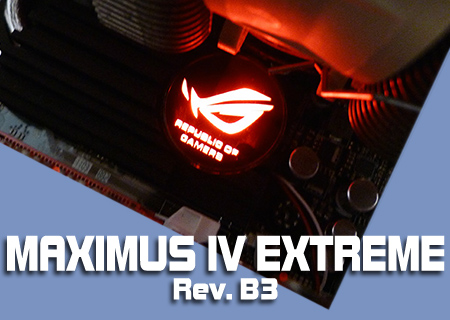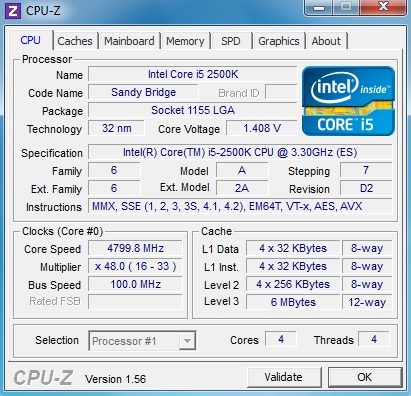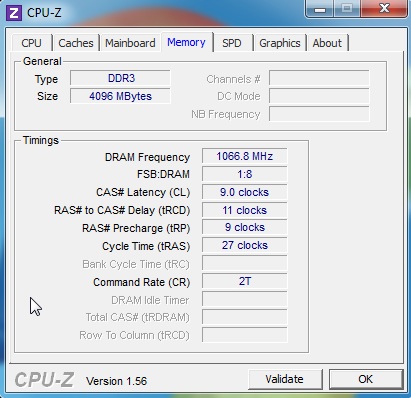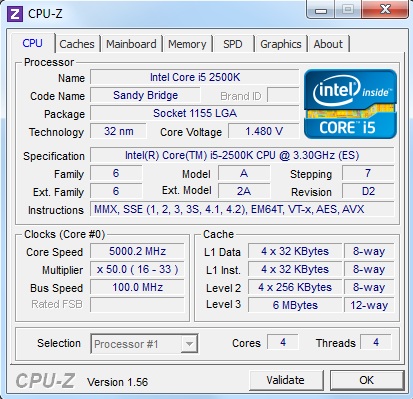ASUS Maximus IV Extreme B3 Revision Review
Test Setup
As we don’t have the time nor storage capacity to test long-term data integrity we are taking Intel’s word for the fixes and expect the stock performance to remain very much on a par with our previous testing. So today we’re going to be looking at the overclocking capabilities of the Maximus compared to our earlier test and another recent review.
ASUS Maximus IV Extreme B3
Intel Core i5-2500K CPU
4GB Kingston Genesis Grey Edition
EVGA GTX570
Noctua NH-D14
Cougar CM1000 PSU
Windows 7 64-Bit
Overclocking
This is the real meat of our revisit. When we first reviewed the Maximus IV Extreme our Core i5-2500K topped out at a disappointing 4.6 GHz. We know our chip is capable of 5GHz with sufficient, ahem, encouragement so starting off at what we’d consider a 24/7 voltage of 1.4v on the vCore it didn’t take long at all to reach a stable 4.8 GHz. Already a massive improvement on the old Maximus as that wouldn’t budge past 4.6 GHz even with 1.5v, which is what we use as a maximum.
One of the biggest innovations, and one we definitely enjoy, is the way we can just choose a memory speed regardless of the CPU speed. Our Kingston Genesis happily runs at its rated speed on the M4E without need to adjust anything.
Of course we don’t just want to know what our “all day” overclock would be. Could this B3 revision make it up to the 5 GHz we’ve seen before?
With ease is the answer. So much so we didn’t need 1.5v, but a mere 1.48v. Not only could it shift up to 5 GHz but it wasn’t just a suicide shot. We managed to run all of our tests except PC Mark Vantage at this speed. If that isn’t impressive then you need to check your pulse.
My name is Maximus IV Extreme, Motherboard to an over-clocked processor, foundation to a speedy system, and I will have 5GHz with this attempt or the next.
We could just bump the voltage a little to get through PC Mark, but we prefer to test at speeds we’d live with, because if we could you could and so you know what you’re getting for your money.






